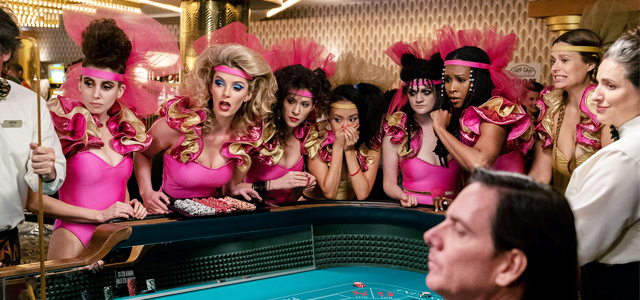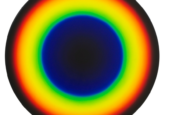
Three seasons in, still GLOWing

Review: GLOW Season Three
Starring Alison Brie, Betty Gilpin, Kate Nash, Kia Stevens, Marc Maron
After having their show cancelled in season two, GLOW’s third season sees the ladies of wrestling leave Las Angeles to take up residence at a casino in Las Vegas. While this new direction initially proves to be entertaining for them, playing the same show eventually becomes a drag. Meanwhile, relationships between cast members break down. What results is the show’s strongest season from a character progression standpoint.
Showrunners from other programs could watch GLOW to learn about how to balance an
ensemble cast. While the show has a full roster of characters, each of them have
their own meaningful arc this season, progressing through times of challenge and
change.
Once again, the cast all deliver well. Choosing standouts is difficult, but
Alison Brie’s ongoing portrayal of Ruth Wilder is her best yet, showing a good
deal of her range. In a similar way, Marc Maron’s performance as Sam Sylvia has
a complete arc that remains memorable long after the season is over. Geena
Davis joins the usual cast as Sandy Devereaux St. Clair, the owner of a
struggling Vegas venue who is responsible for the new show. Davis’ new
character fits seamlessly, which is no small task for a well-established show.
As Jenji Kohan’s
shows often do, GLOW explores
a number of very serious issues in ways that are constantly accessible and even
funny. This season continues the show’s forays into racism and stereotypical
gimmicks in wrestling, and also explores sexual harassment and what it means to
be successful.
Complaints are few, but the latter part of the season has several episodes that skip the wrestling altogether. While these are still strong episodes, the old adage about the name on the marquee comes to mind. There is also a subplot involving two characters in a same-sex relationship where some of the decisions made make one character seem selfish, something that is not addressed in the plot. As with prior seasons, there is a discernible dip in episode quality towards the season’s middle, but this picks up towards the series’ end.
On a more technical level, the dubbing in the last episode is noticeably out of sync with what the characters are saying. Again, this is more of a niche complaint but one that is unusual in a show with these production values.
The season ends with a cliffhanger that indicates that there is more in this story for the show to explore. While Netflix have been seemingly happy enough to cancel a number of popular shows as of late, GLOW will hopefully step into the ring one more time next year.
All three seasons of GLOW are now streaming on Netflix
Jonathan Foye is Insights’ Editor




























































